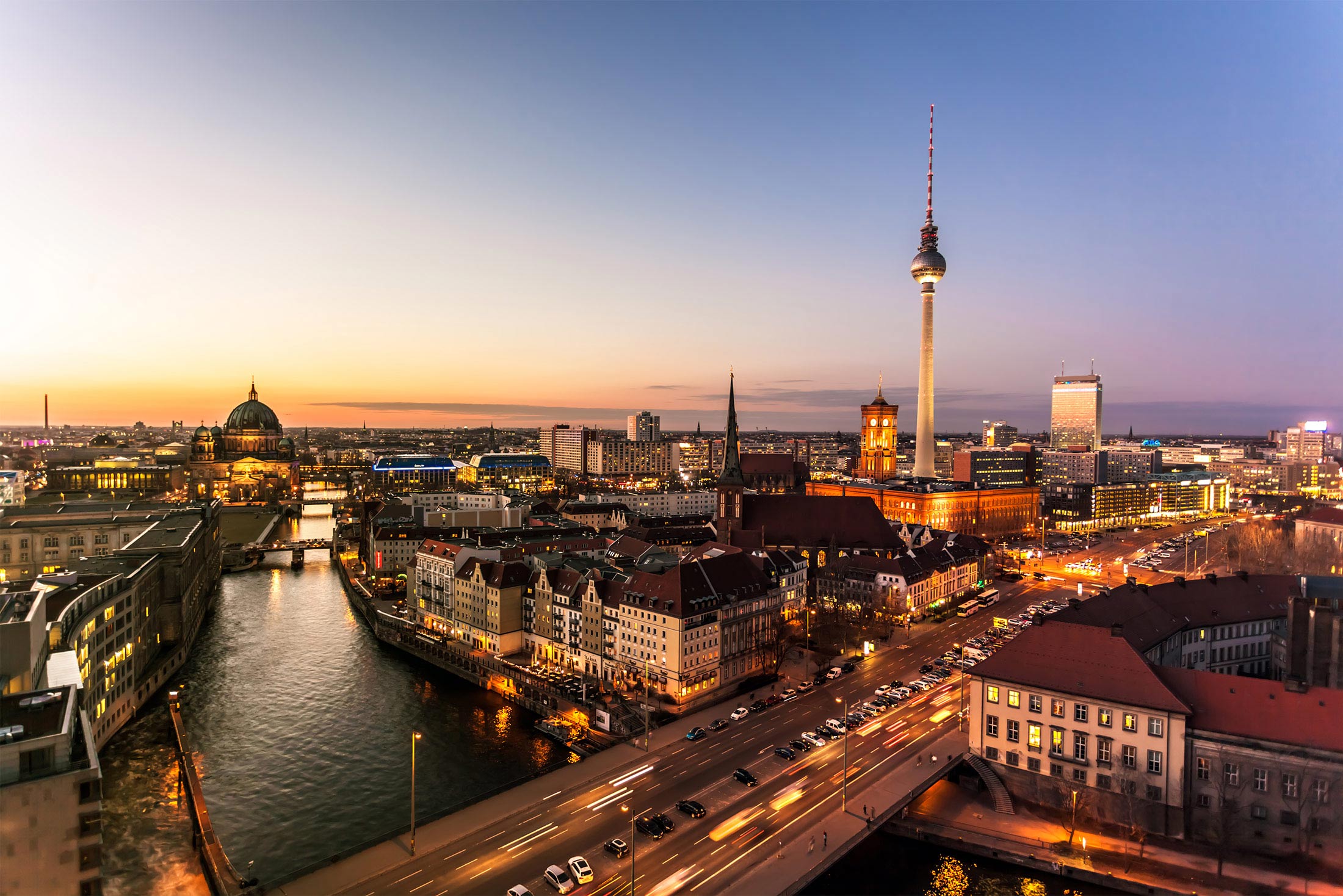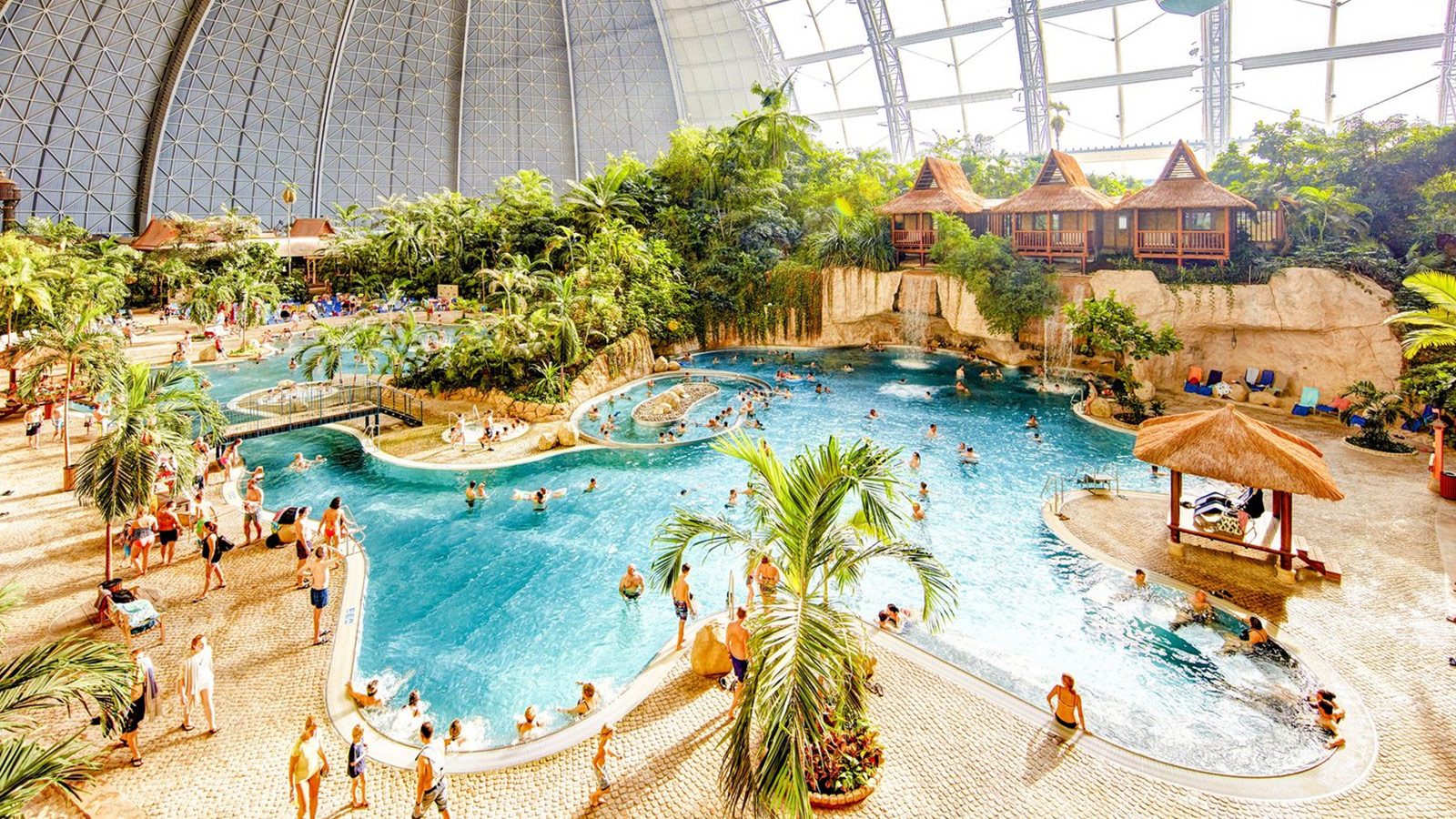Go face to face with the Berlin Wall
In the East, the Berlin Wall was referred to as the Anti-Fascist Protection Rampart, and in the West, it was known as the Wall of Shame. The Wall fell on November 9, 1989, and was seen as a symbol of the end of the Cold War. Students are taught about this significant event in school, while others vividly remember exactly where they were when they heard the news. Television images circulated globally of East Berliners euphorically helping each other onto the wall and streaming through the border crossings.
Before the fall of the Berlin Wall, it divided East and West Berlin for 28 long years. East German workers began to seal off the border with barbed wire and concrete blocks on August 13, 1961, which was followed by the construction of a concrete wall. The wall, extending over 45 kilometers, was intended to keep East Germans inside the communist regime, the GDR. For West Berliners, the wall was covered in colorful graffiti, but most East Berliners never came close to it. There was also a secondary barrier, the Hinterlandmauer, situated 50 to 100 meters inside East Berlin.
Today, you can still find markers of where the border once ran. There is not much left of the Berlin Wall, so it is good to know where to go in Berlin to find the most well-preserved remains of the wall.
The Berlin Wall is one of the major attractions in Berlin, and here we provide an overview of the best places to visit to see the wall and feel its history.
East Side Gallery artworks
Photo-worthy decorations of the wall

A section of the wall that remains is called "East Side Gallery." It's an outdoor art exhibition where artists from around the world have decorated the wall by portraying the political strife during the Cold War and the current situation. East Side Gallery is the most impressive part of the Berlin Wall, and during your stroll, you can be sure to take some beautiful pictures.
One of the works is named "BerlYn," painted by a well-known children's book illustrator, Gerhard Lahr. The image illustrates a kind of free stretch all the way from Tokyo to New York City. Both cities' names contain the letter Y, which has also replaced the 'I' in "Berlin". In this way, the Y's split at the top can also symbolize the breaking of the wall.
One of the most famous works depicts two men kissing each other on the lips in a socialist salute. The men in the picture were the General Secretary of the Soviet Union, Leonid Brezhnev, and Erich Honecker, who was the General Secretary of the ruling party, the Socialist Unity Party. The work is based on a photograph taken during the celebration of the 30th anniversary of the republic in East Berlin, where the Soviet Union and East Berlin had a military cooperation. The image of the "fraternal kiss" today has brought about romantic connotations and thus symbolizes Berlin's diversity and inclusion.
The Berlin Wall Memorial
Sense the heavily guarded border

A good place to view the remnants of the wall is at the Berlin Wall Memorial just north of the center. In this square, you see a piece of the Berlin Wall and sense the no-man's land between the secondary wall and the actual Berlin Wall. You'll get an even better view of the wall if you go up in one of the observation towers on site.
The monument commemorates those who lost their lives trying to escape. On Bernauer Straße, several tried to jump from the windows down to the street in the west, and at least ten people died in the attempt. Later, the houses at Bernauer Straße were torn down to completely block off and prevent these escape attempts. Opposite the memorial is a documentation center with a free exhibition of pictures with East Berliners who did not survive their escape attempts. It is a touching exhibition that provokes thought.
Visit the Berlin Wall Memorial at Bernauer Straße 111, 13355
Topography of Terror
Gain insight into the Nazis' crimes.

The Berlin Wall still stretches for about 200 meters along Niederkirchenerstraße. Behind this wall was the headquarters of, among others, the German intelligence service, the security police, and the secret police, the Gestapo. The Gestapo was a cruel instrument used for terror and suppression of anyone who opposed Nazi Germany. To find these resistance movements, the Gestapo listened in on phone lines and placed spies or "informers" throughout society. In the Gestapo's basement, political prisoners were tortured and killed.
Today, the "Topography of Terror" museum is located behind the wall. At the museum's exhibition, you hear about the institutions and crimes organized at the site. The many losses as a result of the Nazis' terrible experiments between 1933 and 1945 are commemorated at the museum with pictures and exhibits of original documents.
Visit the Topography of Terror at Niederkirchenerstraße 8, 10963 Berlin
The border crossing at Checkpoint Charlie
The place of many escape attempts

Den skarpt bevogtede opdeling af øst og vest betød, at familier, venner og kollegaer blev adskilt. Det forhindrede dog ikke folk i at forsøge at flygte over muren. Den mest kendte grænseovergang var Checkpoint Charlie.
Før man byggede muren, var Checkpoint Charlie en grænseovergang mellem den sovjetiske og den amerikanske sektor, som var styret af det amerikanske militær. Det er her, det berømte skilt med teksten: ”You are leaving the American sector”, er fra. Ved overgangen måtte helt almindelige tyskere dog ikke forlade Østberlin.
Her er i dag et museum, som er et must, når du besøger Berlin. På museet kan du høre mere om den grufulde historie om muren og de mange flugtforsøg. In 1963, an Austrian escaped with his fiancée and her mother in the trunk by speeding through Checkpoint Charlie in a car that was low enough to hopefully sneak under the boom barrier. As the car approached the East German guards, the Austrian did not slow down; instead, he sped up. This resulted in them avoiding the guards and escaping unharmed.
The museum also exhibits various objects that were used for escapes. These include fishing lines to glide over the wall and burners and bed sheets for a hot air balloon.
Visit Checkpoint Charlie at Friedrichstraße 43-45, 10117 Berlin





